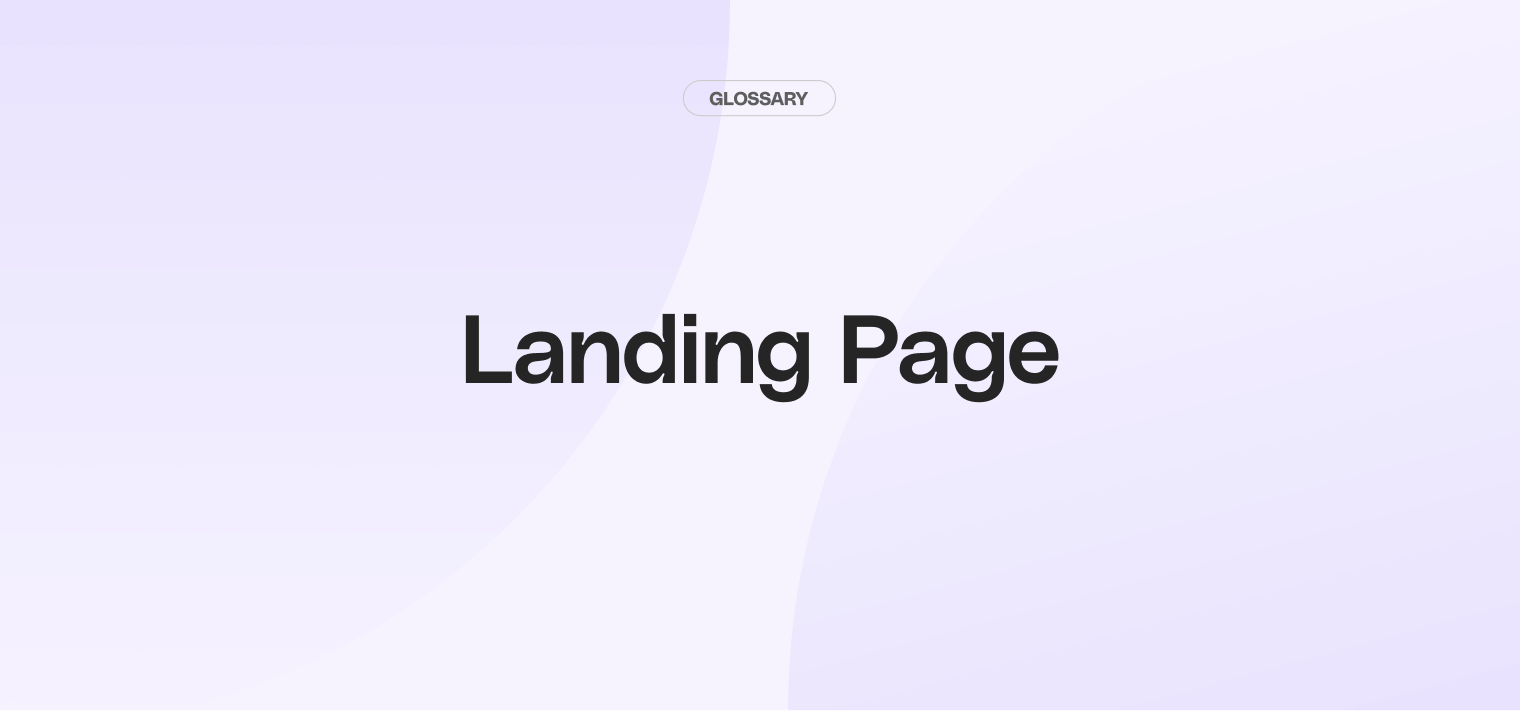In the realm of growth marketing, the landing page is a critical tool. It serves as the first point of contact between a business and its potential customers. It is a standalone web page, distinct from a company's main website, designed with a single focused objective known as a Call to Action (CTA). This article will delve into the intricacies of landing pages, their role in growth marketing, and how they can be optimized for maximum effectiveness.
The landing page is often the first impression a potential customer will have of your business. Therefore, it is crucial to ensure that it is well-designed, easy to navigate, and clearly communicates your value proposition. This article will provide a comprehensive understanding of the different elements of a landing page, the strategies for creating an effective one, and how it can be used as a powerful tool in growth marketing.
| Key Element | Description | Tips for Optimization |
|---|---|---|
| Understanding Landing Pages | Critical tool in growth marketing, serving as the first point of contact with potential customers. | Ensure clarity in design and messaging to communicate value proposition effectively. |
| Purpose of a Landing Page | Drive visitors to take a specific action (CTA) and capture visitor information. | Craft compelling CTAs and optimize forms for data capture. |
| Types of Landing Pages | Include click-through, lead generation, and splash pages, each with distinct purposes. | Select the appropriate type based on campaign objectives. |
| Creating an Effective Landing Page | Involves good design, clear messaging, and a strong CTA to drive conversions. | Design with simplicity, clarity, and consistency; use persuasive copywriting. |
| Optimizing for Conversion | Testing different elements to increase conversion rate. | Conduct A/B testing and utilize conversion rate optimization techniques. |
Understanding landing pages
A landing page is a specific page on a website that a visitor can arrive at or "land" on. It is typically a standalone page, separate from a company's main website, and is designed to guide visitors towards a specific action, such as signing up for a newsletter, downloading a white paper, or making a purchase.
Landing pages are often linked to marketing, social media, or email campaigns. They are designed to convert visitors into leads or customers. They are a critical component in the marketing funnel, serving as the gateway through which visitors enter and become customers.
The purpose of a landing page
The primary purpose of a landing page is to drive visitors to take a specific action. This action, known as the Call to Action (CTA), is the core of any landing page. The CTA might be to sign up for a newsletter, download a white paper, register for a webinar, or make a purchase. The goal of the landing page is to convince the visitor to take this action.
Another important purpose of a landing page is to capture visitor information. Marketers typically do this through a form that asks for the visitor's name, email address, and possibly other information. This information can then be used for future marketing efforts, such as email campaigns or retargeting ads.
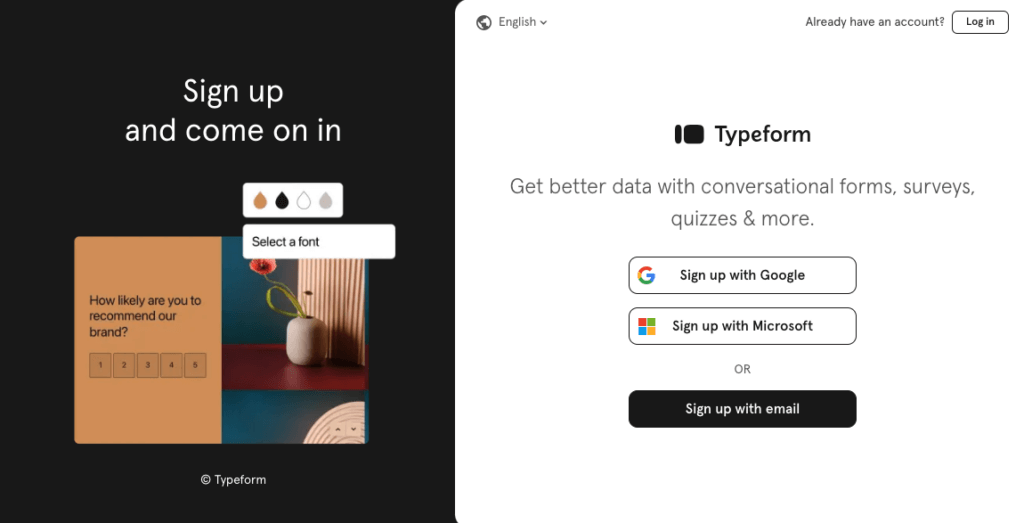
Types of landing pages
There are several types of landing pages, each designed for a specific purpose. The most common types include click-through landing pages, lead generation landing pages, and splash pages.
Click-through landing pages are designed to guide visitors to another page, such as a product page or a shopping cart. Lead generation landing pages are designed to capture visitor information, typically through a form. Splash pages are a type of landing page displayed before the visitor reaches the main content of the website. Marketers often use these to promote a specific offer or announcement.
Creating an effective landing page
Creating an effective landing page involves a combination of good design, clear messaging, and a strong CTA. The design of the landing page should be clean and uncluttered. This makes it easy for visitors to understand what action we are asking them to take.
The messaging on the landing page should clearly communicate the value proposition of the offer. This means explaining what the visitor will get in exchange for taking the action, and why it is valuable. The CTA should be clear and compelling, encouraging the visitor to take the desired action.
Design principles
The design of the landing page plays a crucial role in its effectiveness. A well-designed landing page can guide visitors' attention towards the CTA, while a poorly designed page can confuse or distract visitors.
Some key design principles for landing pages include simplicity, clarity, and consistency. The design should be simple and uncluttered, with a clear path to the CTA. The messaging and visuals should be consistent with the brand and the marketing campaign that led the visitor to the landing page.
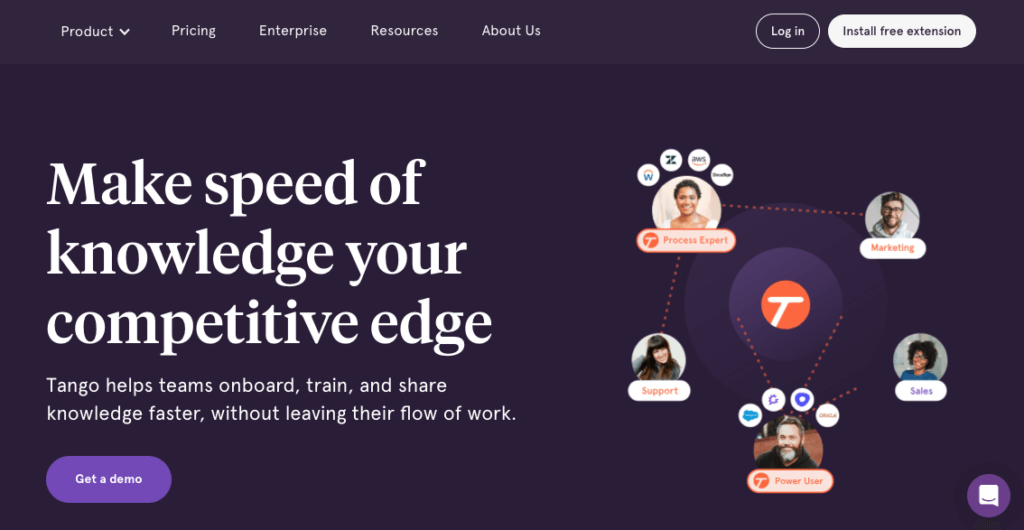
Copywriting techniques
The copy on a landing page is another critical factor in its effectiveness. Good copy can convince visitors of the value of the offer and persuade them to take action.
Effective copywriting techniques for landing pages include using clear and concise language, focusing on benefits rather than features, and creating a sense of urgency. The copy should clearly communicate the value proposition, explain what the visitor will get in exchange for taking the action, and why it is valuable.
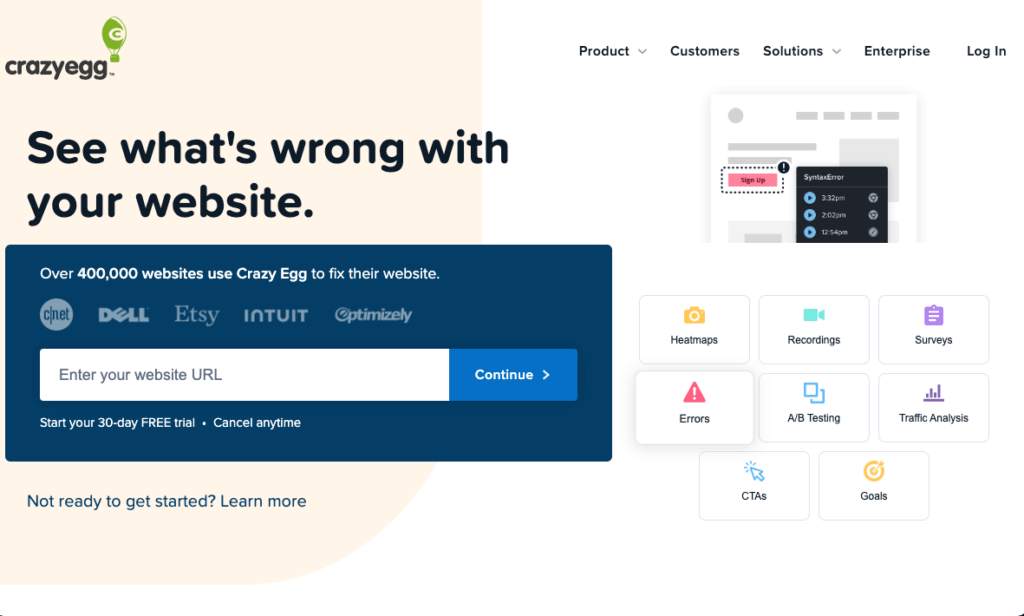
Optimizing landing pages for conversion
Once marketers have created a landing page, it's important to optimize it for conversion. This involves testing different elements of the page to see what works best at convincing visitors to take the desired action.
Some common elements to test include the headline, the copy, the images, the CTA, and the form. By testing different versions of these elements, you can find the combination that results in the highest conversion rate.
A/B testing
A/B testing, also known as split testing, is a method of comparing two versions of a webpage to see which one performs better. Marketers do this by showing the two versions to similar visitors at the same time and comparing the results.
The goal of A/B testing is to determine which changes to the landing page result in a higher conversion rate. This can involve testing different headlines, copy, images, CTAs, or any other element of the page.
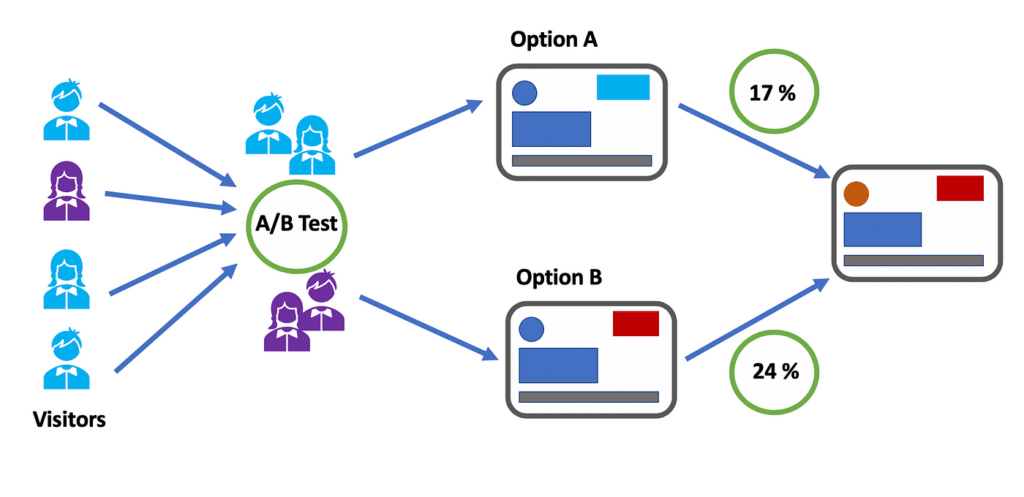
Conversion rate optimization (CRO)
Conversion Rate Optimization (CRO) is the process of increasing the percentage of visitors to a website that convert into customers, or more generally, take any desired action on a webpage. In the context of landing pages, CRO involves making changes to the landing page to increase the number of visitors who take the desired action.

CRO can involve a variety of techniques, including A/B testing, usability testing, and visitor behavior analysis. The goal is to understand what factors are influencing visitor behavior. Based on this marketers make changes to encourage more visitors to take the desired action.
Measuring landing page performance
Measuring the performance of a landing page is crucial to understanding its effectiveness and identifying areas for improvement. Marketers use several key metrics to measure landing page performance. These include conversion rate, bounce rate, and time on page.
Conversion rate is the percentage of visitors who take the desired action on the landing page. Bounce rate is the percentage of visitors who leave the page without taking any action. Time on page is the amount of time visitors spend on the page. These metrics can provide valuable insights into how well the landing page is performing and where improvements can be made.
Using analytics tools
Analytics tools can provide valuable insights into landing page performance. These tools can track a variety of metrics, including the number of visitors, the conversion rate, the bounce rate, and the time on page.
By analyzing these metrics, you can gain a better understanding of how visitors are interacting with the landing page, what elements are working well, and what areas need improvement. Marketers can then use this information to optimize the landing page for better performance.
Interpreting the data
Interpreting the data from analytics tools can be a complex task, but it is crucial for understanding landing page performance. The key is to look for trends and patterns in the data that can provide insights into visitor behavior.
For example, a high bounce rate might indicate that visitors are not finding what they expected when they arrived at the page, or that the page is not compelling enough to keep them engaged. A low conversion rate might suggest that the CTA is not compelling enough, or that the offer is not appealing to visitors. By interpreting the data in this way, you can identify areas for improvement and make informed decisions about how to optimize the landing page.
Conclusion
In conclusion, landing pages are a critical tool in growth marketing, serving as the gateway through which visitors enter and become customers. By understanding the purpose and types of landing pages, applying effective design and copywriting techniques, optimizing for conversion, and measuring performance, businesses can create landing pages that effectively drive visitor action and contribute to growth.
While the process of creating and optimizing landing pages can be complex, the potential benefits in terms of increased conversions and customer acquisition make it a worthwhile investment. With the right approach and tools, any business can leverage landing pages as a powerful tool in their growth marketing strategy.
Unlock viral growth with Cello
Ready to transform your users into a powerful growth engine? Cello offers the simplest way to integrate a peer-to-peer referral program into your SaaS product, setting the stage for viral expansion. With minimal development time, immediate payback, and seamless integration, Cello empowers your users to share effortlessly, turning them into your most valuable growth channel. Experience how tl;dv skyrocketed to over 550 monthly referral signups and envision the same for your business. Don't miss out on the opportunity to drive conversions and user growth. Book a demo to see Cello in action and start your journey towards user-led growth today.
Resources
Related Articles

Complete Guide to your B2B Referral Program
Want to get started with B2B referrals? Check out our complete guide to your B2B referral ...

Best Referral Software for SaaS with Chargebee Integration: The Definitive Guide to Revenue Attribution
The Strategic Convergence of Billing and User-Led Growth In the contemporary landscape of B2B ...
